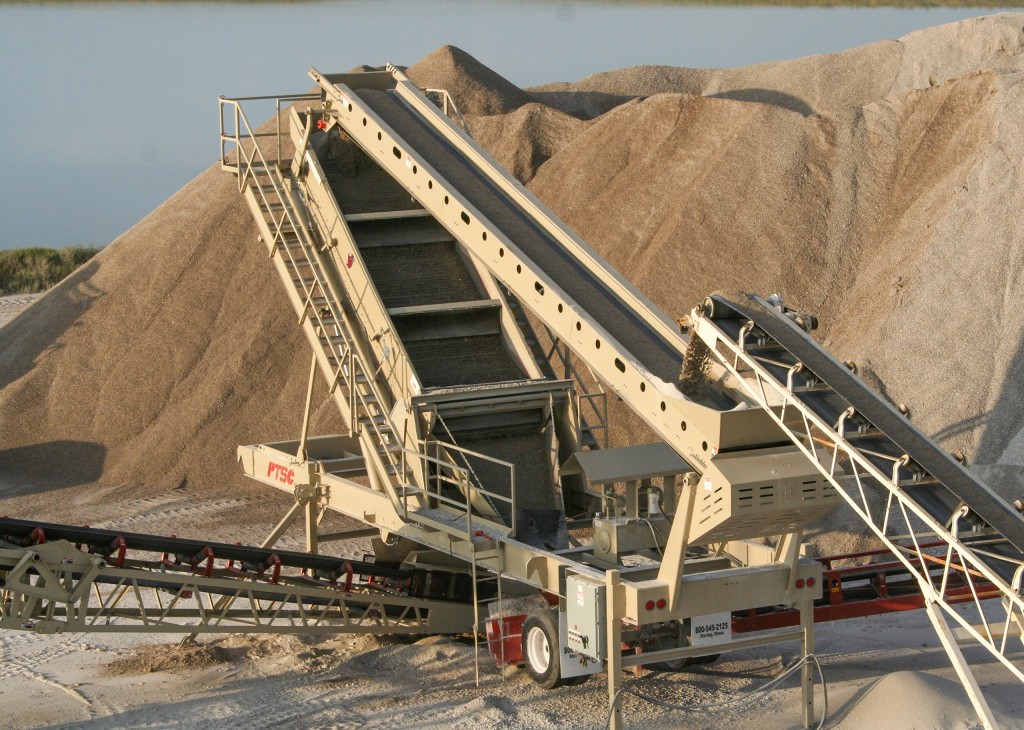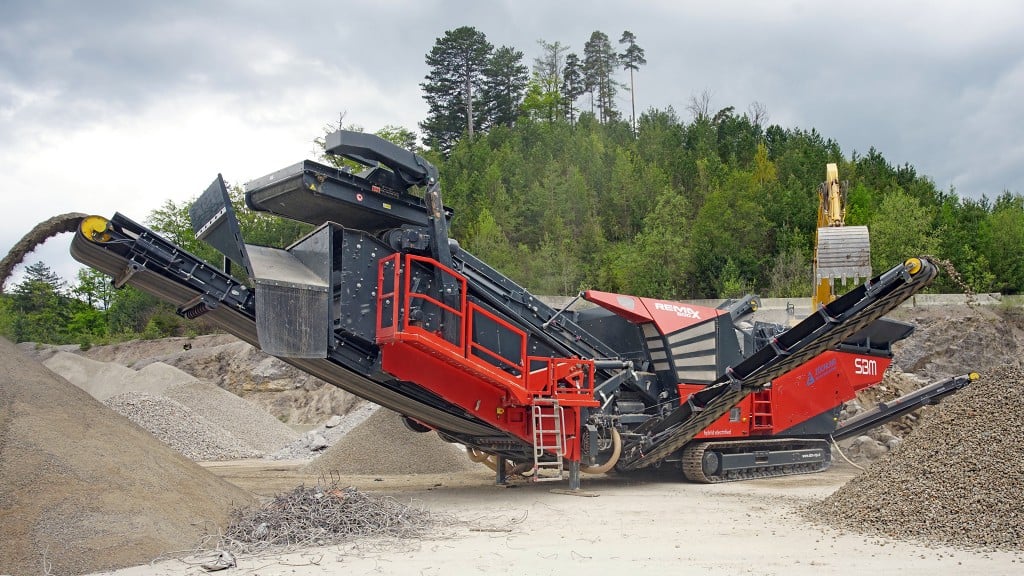
A large quantity of fines is often the byproduct of generating the coarse aggregates needed for concrete and asphalt. This creates an imbalance in saleable inventory.
At the end of the day, the biggest question on a producer's mind is, "Did I make a profit?" Any time you can find a way to produce more and waste less – or create a saleable product out of material that was going to waste – you're going to be ahead of the game. Where can producers turn to optimize their production? The answer can be as simple as a screen.
In an aggregate production facility, the screen is usually one of the last items that is talked about. Technology in the production of aggregates has changed greatly in the last 100 years and so has screening technology. There are many different types and applications for screens, and picking the right one is critical to maximizing profitability.
One screen that offers the end user an opportunity to maximize output and increase profitability is the high-frequency screen. A high-frequency screen operates at speeds in the range of 3,600–4,200 rpm and directly induces vibration into the screen media instead of vibrating the entire screen box.
This aggressive vibration generates improved stratification of the material by lifting coarse particles higher. This keeps the fine particles closer to the screen media, therefore increasing the probability of those finer particles falling through the screen opening. The nature of the vibration being directly induced into the media also means that the high-frequency screen can handle more moisture than conventional screens at the same opening size.
One question producers are usually asking, especially when sales slow down, is how to eliminate waste stockpiles. One solution is implementing a high-frequency screen. The features of a high-frequency screen create the opportunity to take waste fines stockpiles and turn them into a saleable product.
What does the process to reduce or eliminate waste stockpiles look like? The first question is always, "what is the source?" It's important to identify if you're still generating the waste product. If so, what is the production rate and gradation of the waste product? How many tons of the source product are currently stockpiled on the ground, and what is a rough average moisture in the stockpile?
The next question that has to be answered is what fractions or sizes of product are available in the waste product stream, and is there a market channel to sell them in the region? The worst thing that can happen is to spend more money and energy to generate a product that has no viable market. This step can be one of the toughest because markets for fine fractions of products are often outside of the traditional sales streams. Examples of these would be agricultural lime, fertilizer filler, chicken feed, ice control chips, concrete sands, etc.
Once these first two steps are complete, the best process to turn the waste product into the desired saleable product can be identified. If the waste product is still being produced, production and storage of that waste product should be eliminated. Typically this can be accomplished by incorporating a screen into the system. The ideal solution is adding a feed bin and a screen that is larger than needed for the system feed. This allows the system feed through the plant while a percentage of the waste stockpile material is blended back in.
After a process has been identified and the equipment installed, the final step is implementation. After the desired products are being made from the system feed, the next step is to begin adding feed from the waste stockpile through the feed bin. The critical variable is the rate the waste stockpile can be blended in without causing a large disruption to the system flow. Also, the operator feeding the waste product has a responsibility to make sure they work around the outside of the pile, being careful not to dig into large pockets of wet or highly contaminated material.
At the end of the day, all producers are fighting a battle to produce more material at lower costs within a given specification. This often leads to waste in their production process. Eliminating the waste in the process will lead to increased profits, and also could lead to a more diverse customer portfolio. Accomplishing this is not always easy and usually requires some out-of-the-box thinking; however, the potential to eliminate waste and turn fines into profit is a worthwhile reward.



